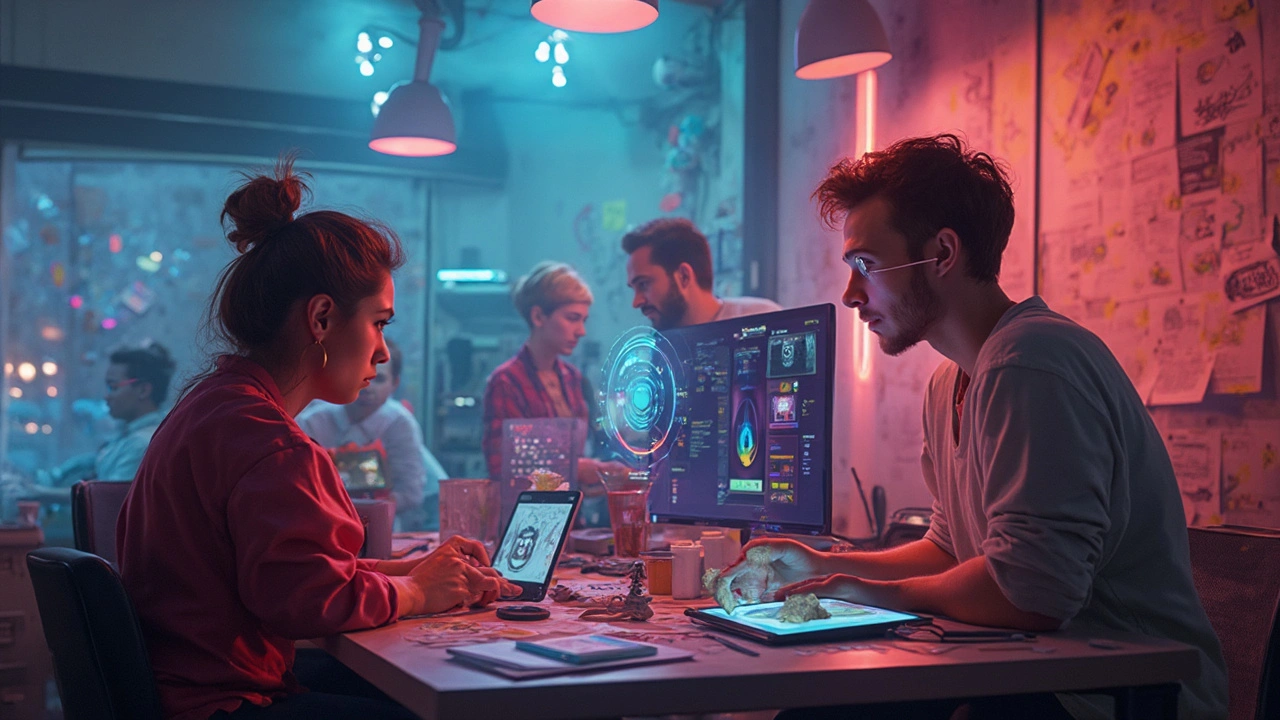Animation technology: practical tools, workflows, and career tips
Animation technology blends art and code to make motion that tells stories, explains concepts, or powers interfaces. Whether you want to build a short 2D explainer, a character rig, or procedural effects for games, the same practical steps matter: pick tools, learn core techniques, and iterate fast. Start small—animate one short loop, not a full scene. This keeps feedback quick and the project finishable.
Choose tools that match your goal. For 2D motion, try Spine, Adobe After Effects, or Toon Boom; for 3D, explore Blender, Maya, or Cinema 4D. If you want game-ready animation, add Unity or Unreal Engine to your toolset. Want to script animation or build pipelines? Learn Python for automation and Blender scripting, and use APIs in game engines to control rigs and playback.
Fast workflows that actually work
Workflows that save time share a few habits: block, refine, polish. Block poses and timing with rough keyframes, then refine arcs and weight, and finish with subtle polish like overlapping motion. Use reference video—record yourself acting the motion to match timing and weight. Keep a library of reusable rigs and clips to speed up production. Automate repetitive steps with scripts: batch export, rename files, or retime clips with simple Python scripts.
AI and code in animation
AI is changing animation fast. Tools can generate in-between frames, suggest lip sync, or upscale textures. Use AI to speed up tedious work, not to skip learning fundamentals—tools are great for drafts and iterations. Python ties everything together: automate render queues, generate procedural motion, or convert mocap data into usable keyframes. If you’ve read our posts on Python and AI, you'll see how those skills make animation pipelines cleaner and faster.
Debugging animation often means checking assumptions: wrong rig weights, incorrect root transform, or mismatched frame rates. Narrow bugs by isolating a single asset, playback in isolation, and compare against reference. Version control matters—store scene files and exported clips so you can roll back once a change breaks an animation. Small test scenes save hours when troubleshooting render issues or engine import bugs.
Want to grow fast? Learn by doing: follow short tutorials, join remix-friendly projects, and contribute to small games or ads. Focus on transferable skills: timing, squash-and-stretch, and clean key poses. Pair animation practice with coding habits—write tiny tools that cut your workload and keep notes on common fixes. Over time, those notes become a personal toolkit that speeds every project.
Hiring tip: studios value people who ship reliable work and can explain choices. Show a short reel with labeled shots, file formats, and notes on your process. If you can script or fix pipeline issues, call that out—many animation teams run lean and need people who bridge art and engineering. Start with practical projects, keep learning, and use tools to make confidence repeatable.
Try this: pick a short daily exercise—one five-second loop, script one export, and study one rig. Small habits add up fast. Share progress to get better feedback quickly.

- Aug 10, 2025
- Alfred Thompson
- 0 Comments
How Artificial Intelligence Is Shaking Up Animation Studios Today
AI is transforming animation—speeding production, automating tasks, and fueling new creativity. Discover what's changing and why it matters for animators.
